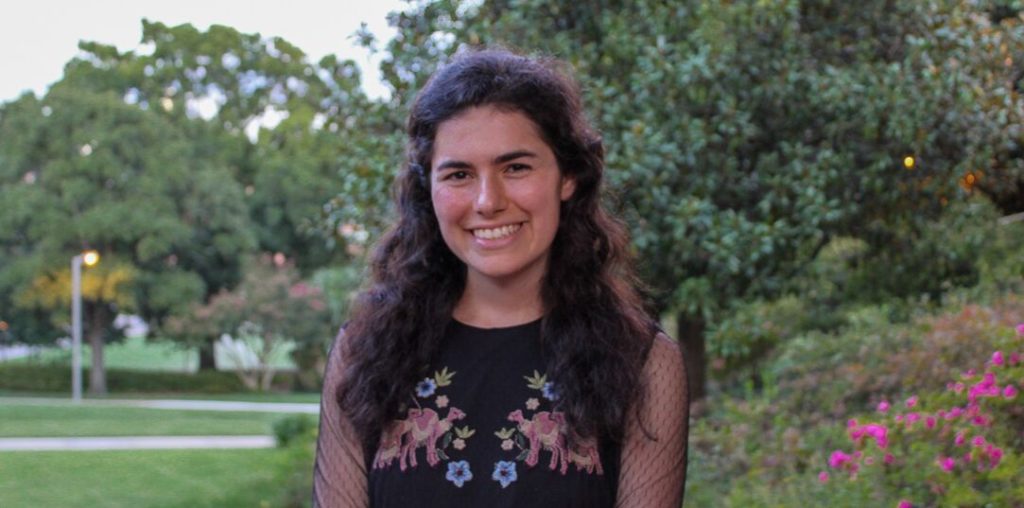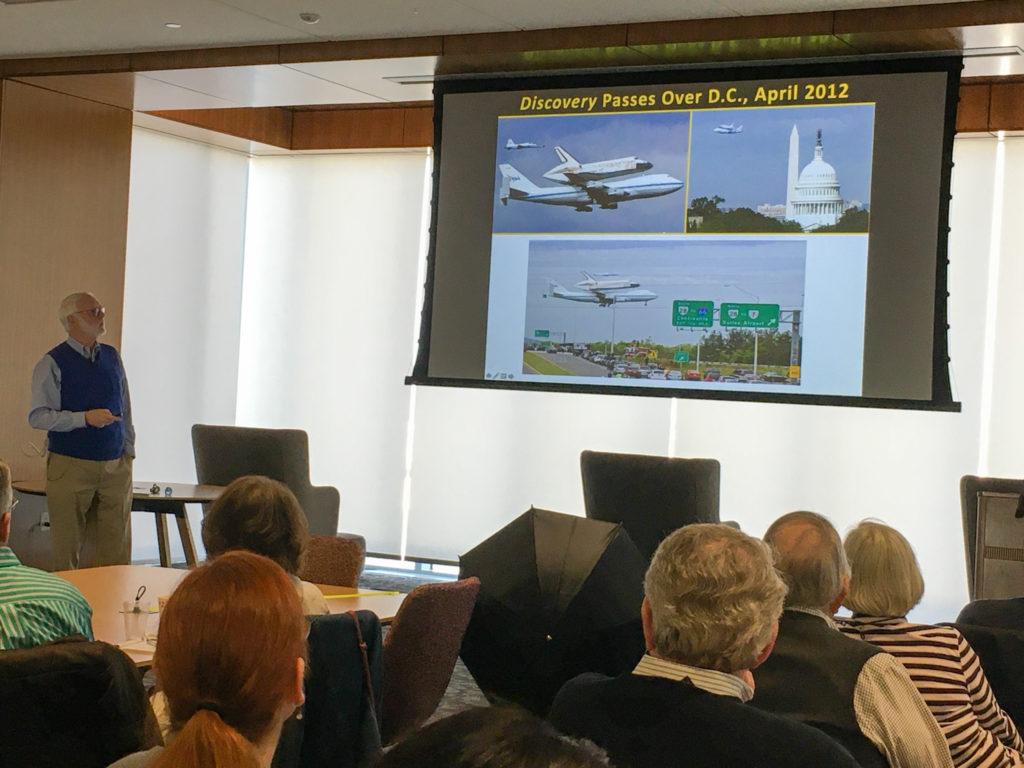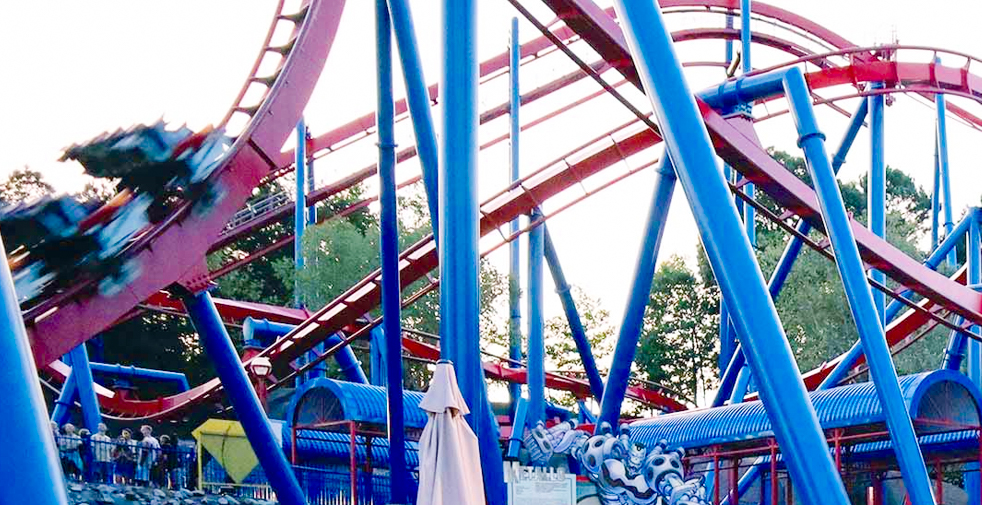
When I was 18 years old, I left the country for the first time. Having just confirmed my enrollment at Tech after spending my whole life in an Atlanta suburb, I knew I wanted to travel before starting my higher education. Little did I know that by flying to Israel I would not just experience the unique aspects of traveling to a different nation, but I would be traveling to a different world altogether — a feat made possible by my 97-year-old Great-Aunt Marcelle.
Before I first met my Aunt Marcelle, I had come to know her through her daily telephone calls with my grandfather, who lived in my home. My grandfather did not just limit religion to his daily (and plentiful) prayers, rather every aspect of his life was followed and executed with the exact precision of his religious devotion. It was therefore known throughout the house that at the stroke of noon — no earlier and no later — he would call his beloved little sister. Although the two siblings spoke in French I could not understand, those daily telephone calls, for their unwavering commitment and exotic appeal, became a significant part of my life.
After 18 years, I was enthralled to finally meet the voice behind those daily telephone calls that had always captivated my imagination. I became even more enthralled as my dad and I walked to my great aunt’s house through the streets of Tel Aviv, a city full of sky-high towers and nonstop action. Tucked between these multi-storied buildings and alongside the interminable activity was a tiny house that emanated peace and calm. I was in disbelief to see my dad stop in front of it. I would experience a similar shock upon meeting the residence’s humble dweller.
With her tiny frame and soft features, the woman that answered the door was so different from my grandfather, whose staggering height and commanding presence never failed to impress even the most indifferent onlooker. I would quickly come to learn that despite any shortage in physical height my great aunt had, she more than made up for with her larger-than-life personality — a personality that could speak at least half a dozen languages.
In just one sentence alone, my Aunt Marcelle could masterfully mix together a handful of languages. By throwing in a blend of Arabic, Hebrew, French and more, she united these differing — and oftentimes conflicting — cultures together.
And in no language was she more fluent than in the language of blessings. Whether it was to praise Hebrew’s Hashem, Arabic’s Allah or French’s Dieu, at the ripe age of 97, my Aunt Marcelle never lost her sense of awe for the world around her. Perhaps it was the gigantic cup of strong Turkish coffee she began every morning with, or the sugar-filled jam she made from the fruits of her garden, that helped to inspire this sense of wonder and gratitude within her.
My time in Israel also helped to inspire a sense of wonder and gratitude within me. I not only got to know my amazing great aunt, but I also made sure to get to know the country. I floated in the Dead Sea, daydreamed at the Western Wall, hiked Mount Masada, sprinted through stoplights to catch overcrowded buses and ate too many falafels to count. From all of these many incredible experiences, I learned that traveling can take you to a different nation but people can take you to a different world.
As the world struggles to overcome the pandemic of COVID-19 and with an increasing number of activities being placed on hold, including physical travel, the awe-inspiring worlds that individuals continue to create during this time allow for borders to still be transcended even alongside new practices such as social distancing. From online lessons to virtual happy hours, the growing forms of communication during this time of distress serve as a symbol of the infallible human spirit. A spirit in which any differences — whether linguistic or cultural — matter not and every occasion — from strong Turkish coffee to homemade apricot jam — deserve a blessing.
In dedication to those who have traveled to a higher world. May their memories be for a blessing.







